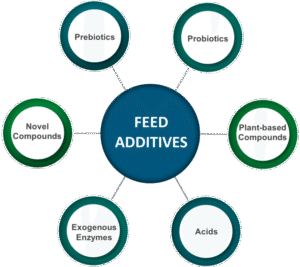Generally, the pre-weaning period is the most critical time of an animals’ life, usually expensive due to the high costs of milk and high quality concentrates. Calves require a lot of attention during this period. After weaning, rearing gets less critical, but calves should to no account be neglected. To allow animals to produce to their full genetic potential when mature, it must be correctly fed and well cared for during the period between birth and first calving. Management, however, can vary within certain limits and is influenced by the “choice” of target dates for first calving and consequently for first insemination. This choice determines the required daily growth rates during each stage in rearing.
Growth of young stock can be distinguished in two types:
– Development growth
The increase in size of vital parts of the body such as organs/bones and the development of the rumen. Retarded growth and development cannot be compensated at a later stage, thus having a life-long negative effect.
Thank you for reading. Don't forget to subscribe & share!
– Condition growth
Necessary to give an animal sufficient body reserves, essential for attaining high production levels after calving.
Development growth is indicated by the size and shape of the body.
Unfortunately, feeding and management of calves after weaning often does not receive enough attention (poor quality roughage, little concentrate, poor housing conditions), resulting in a setback and low growth rates during the first year of life. In the second year the calf may recover, but is not likely to reach optimal development which will be reflected in her productive life by lower milk yields.









